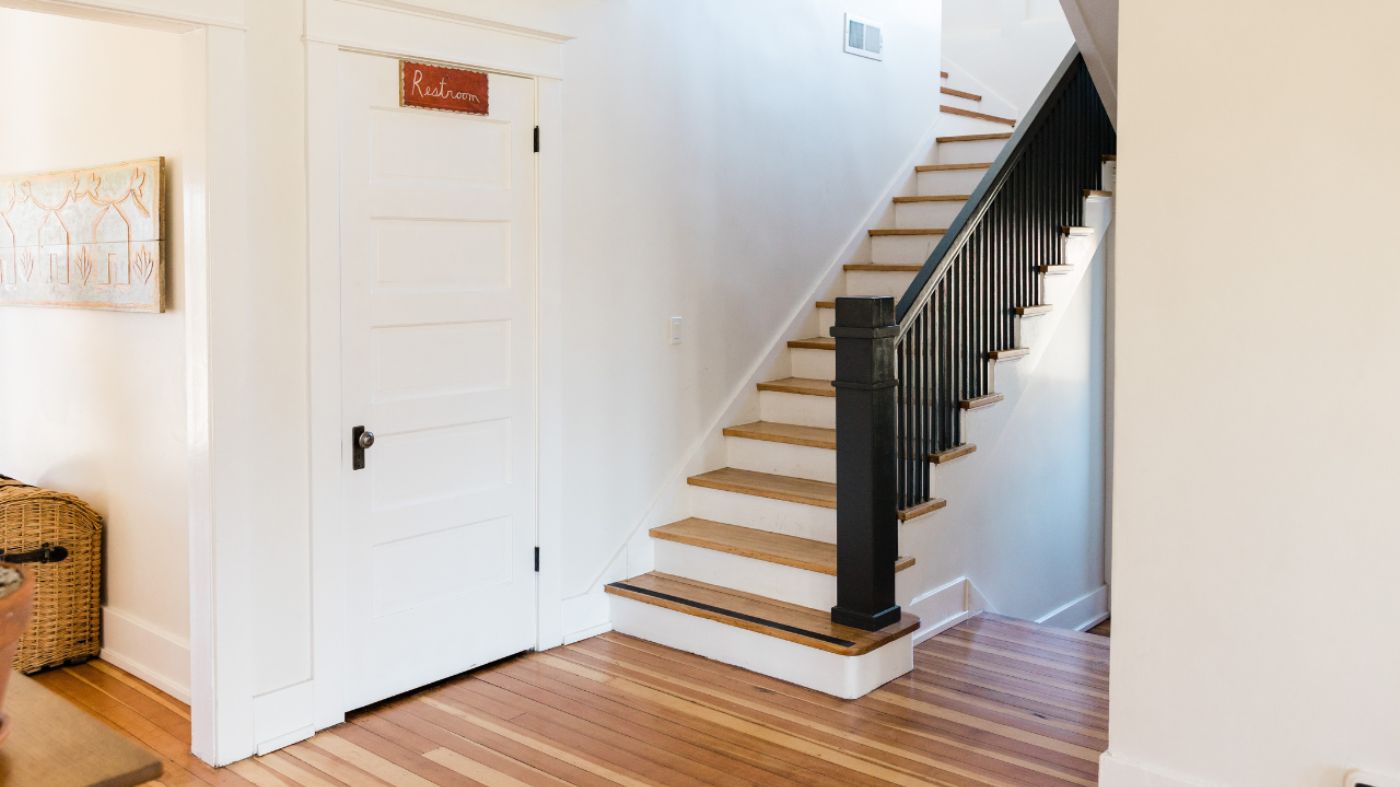
Improving home safety is one of the most important factors to successfully age in the right place. Surprisingly, less than 10% of the country’s homes are equipped to adequately accommodate the needs of older adults, according to the U.S. Census Bureau. What does an aging-friendly residence look like? Step-free entryways, a first-floor bedroom and bathroom and features and home modifications aimed to improve safety and accessibility. From simple, affordable changes to advanced alterations and remodels, there are dozens of ways to age-proof your home and ensure better health outcomes and a higher quality of life for years to come.
According to the Centers for Disease Control, fall injuries cause 3 million ER visits and 32,000 deaths among older adults each year. Adjust your home to prevent falls by:
Further avoid potential falls by decluttering and reorganizing spaces to increase safety and more easily accommodate daily needs. Accomplish this by:
A variety of adjustments large and small can be made to help you maneuver through your home with ease, such as:
Now’s the time to truly focus on yourself and make life as easy as possible. One way to do this is by choosing furniture and appliances that work best for your needs and reduce the risk of hazards and accidents. Some suggestions include:
Advancements in technology, particularly when it comes to smart home appliances, has made aging in place easier and safer than ever before. Smart Hubs, such as Amazon Echo or Google Nest, are home automation systems that connect to the internet via Wi-Fi. These hubs allow you to control a variety of compatible devices through voice command or an app on your smartphone. From lighting and video doorbells to security cameras, thermostats, smoke and carbon monoxide detectors and smart speakers, smart devices help older adults address a variety of safety and security concerns and perform daily activities hands-free, including:
Smart stoves and ovens also offer several features that can improve the safety of older adults and prevent cooking-related fires. Many have timers, which can be set to automatically turn off after a certain period of not being used, as well as gas sensors. Activity monitors can alert caregivers when a stove is left on and unattended, and allow the person to access and shut off the device remotely. The circumstances of people’s living environments influence their health outcomes.
At Upside, our mission is to elevate the quality of life for older adults. We accomplish that by selecting, curating and hand-picking apartments that have undergone extensive quality assurance and strict criteria for accessibility, geography and safety. Beyond that, we create an all-inclusive experience filled with amenities those who are 55+ need and desire, such as independence, flexibility, streamlined services and maintenance-free living. Meet with an Upside Manager today to start your path to aging in the right place.